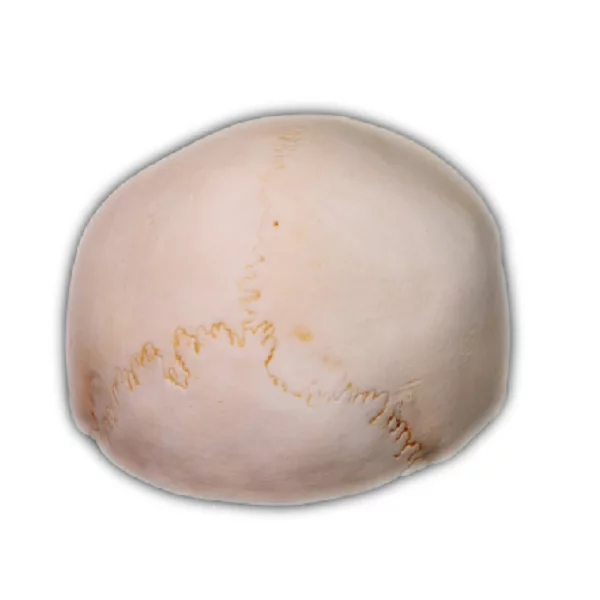Are you ready to dive into the fascinating world of human anatomy? With the help of virtual reality educational tools, learning about our bodies has never been more immersive and engaging. Let’s take a closer look at how this technology is revolutionizing anatomical education.
Click to find more about virtual reality educational tool for human anatomy.
The Power of Virtual Reality in Anatomy Education
Virtual reality educational tools provide an interactive and realistic experience for students studying human anatomy. By putting on a VR headset, learners can explore detailed 3D models of organs, bones, and systems within the body. This hands-on approach allows for a deeper understanding of complex structures and their functions.
In addition to visual exploration, virtual reality also offers interactive features such as dissection simulations. Students can virtually dissect organs or perform surgeries, gaining practical knowledge without any physical limitations or risks. This technology bridges the gap between theoretical learning and real-life application.
DIGIHUMAN: A Leap Forward in Anatomical Visualization
DIGIHUMAN is one such virtual reality tool that takes anatomical visualization to new heights. Developed by experts in medical imaging and computer graphics, DIGIHUMAN provides highly accurate representations of human anatomy.
This cutting-edge software enables users to navigate through different layers of tissues, zooming in on specific areas for detailed examination. Whether it’s exploring the intricacies of the cardiovascular system or delving into neurological pathways, DIGIHUMAN offers an unparalleled level of detail that enhances anatomical comprehension.
Anatomy Interactive: Learning Made Fun

anatomy interactive is another exciting virtual reality educational tool designed specifically for students studying human anatomy. It combines gamification elements with comprehensive anatomical content to make learning fun and engaging.
With Anatomy Interactive, users embark on interactive journeys through the human body, solving puzzles and completing challenges along the way. This gamified approach not only makes learning enjoyable but also enhances retention and understanding of anatomical concepts.
Furthermore, Anatomy Interactive allows for collaborative learning experiences. Students can connect with their peers in virtual classrooms, working together to solve problems and explore the intricacies of human anatomy as a team.
In Conclusion
Virtual reality educational tools have revolutionized the way we learn about human anatomy. With immersive experiences provided by tools like DIGIHUMAN and Anatomy Interactive, students can gain a deeper understanding of our bodies in an engaging and interactive manner.
As technology continues to advance, virtual reality will undoubtedly play an even more significant role in anatomical education. So put on your VR headset and get ready to embark on a journey through the wonders of the human body!
